Wild Trout II
Wild Trout II, September 24-25, 1979, primarily focused on managing fish and anglers with fewer papers on managing water and watersheds. WT-II emphasized the importance of genetic adaptations in strains of trout and that locally adapted populations have great ecological advantages. The distinguished Lee Wulff and others discussed the importance of preserving the quality of the angling experience as differentiated from the full-creel mentality, and there were perplexing reports documenting declining fisheries. Rupe Andrews and Gerry Taylor compared the similar problems of the great Alaska and British Columbia fisheries. Ron Marcoux and John Varley brought us up to date on the results of the major Catch-and-Release fishery studies on the Madison River and in Yellowstone National Park.
It was gratifying to see the very positive results. It all started in the Park with the major undertaking by Jack Anderson to save the cutthroat fishery in Yellowstone by closing angling at Fishing Bridge and establishing no-kill regulations. Starker Leopold asked that all administrators assign a high priority to the study of watershed relationships, such as grazing to trout populations. He said that better data to justify the conservation of riparian zones adjacent to streams is the real key to improved trout management.
Wild Trout II Photo Album
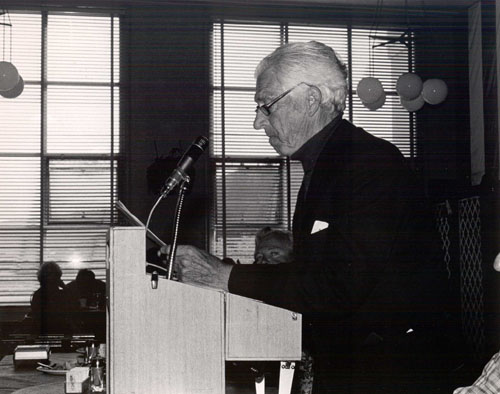
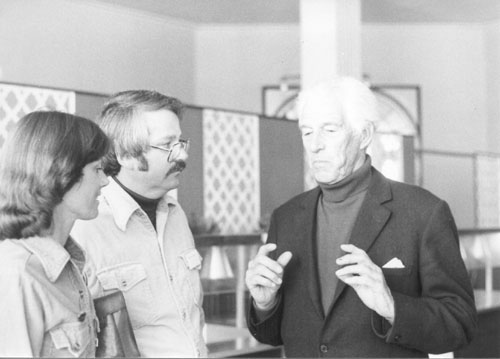
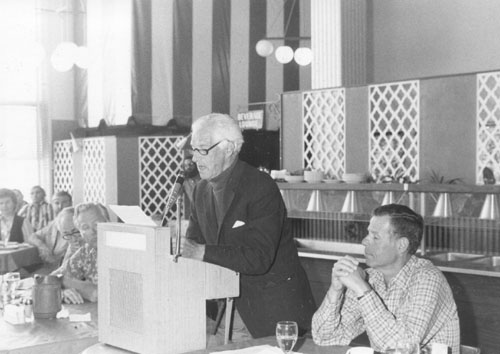
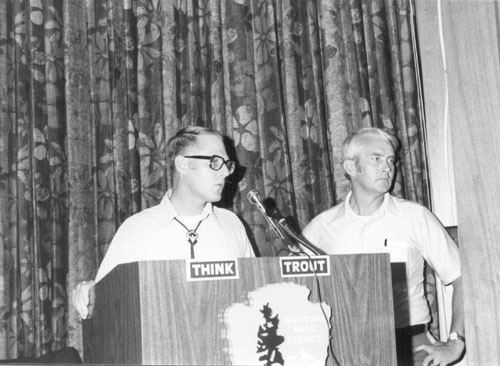
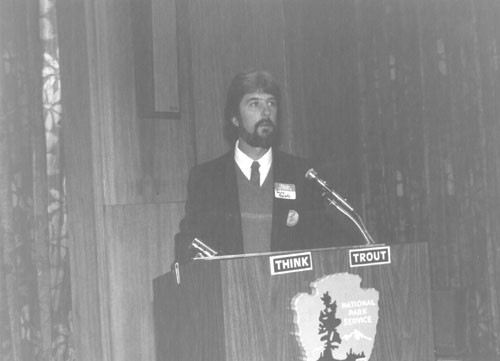
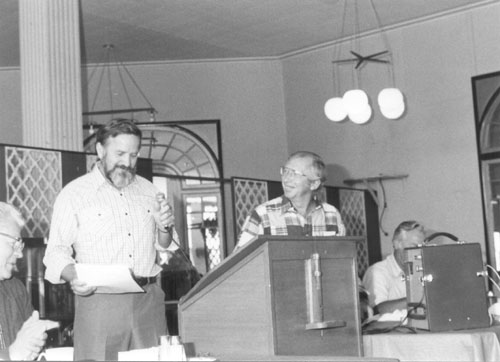
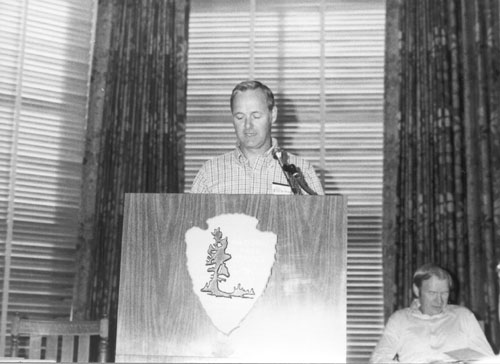
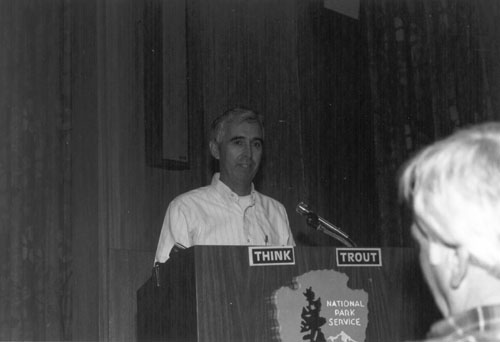
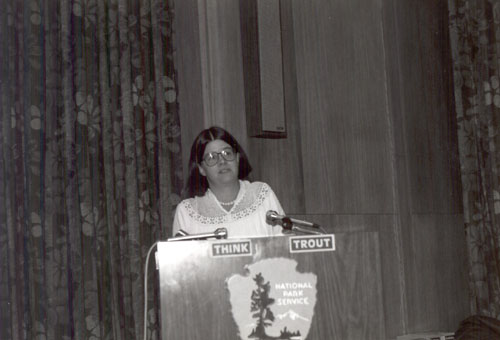
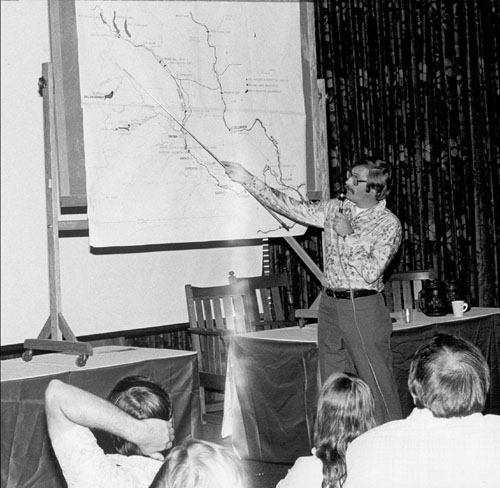
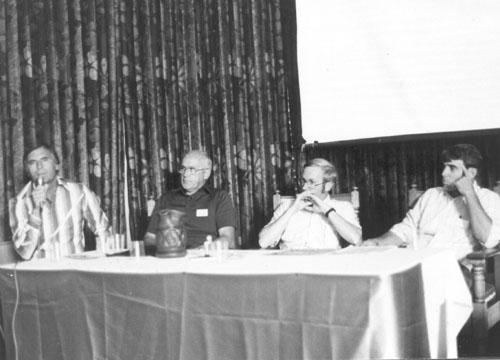
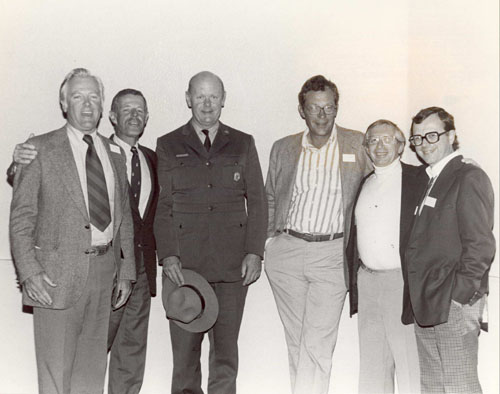
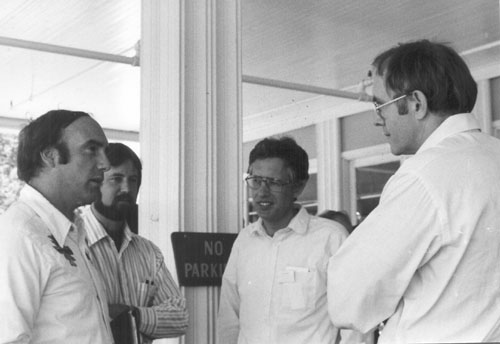
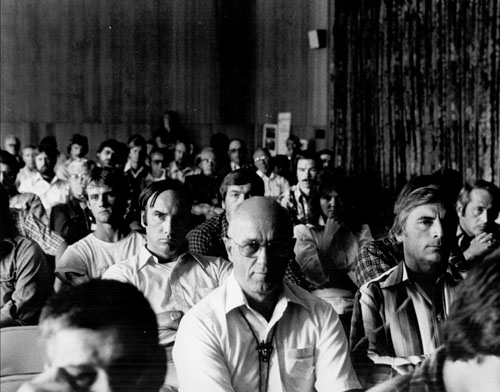
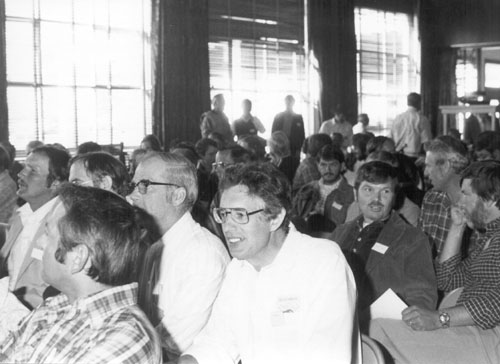
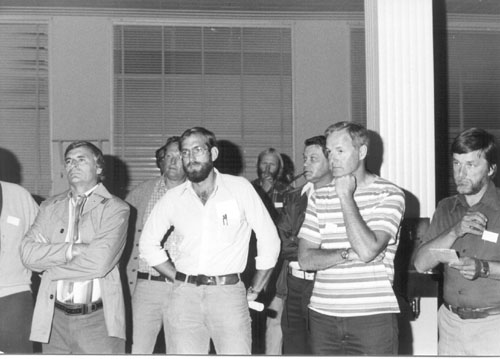
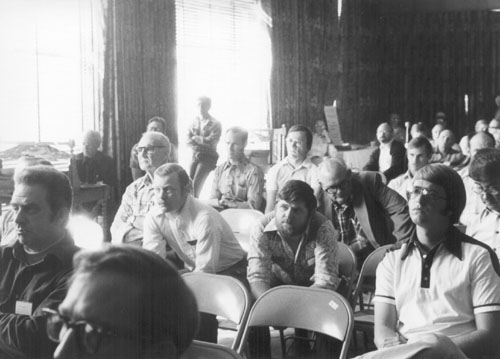
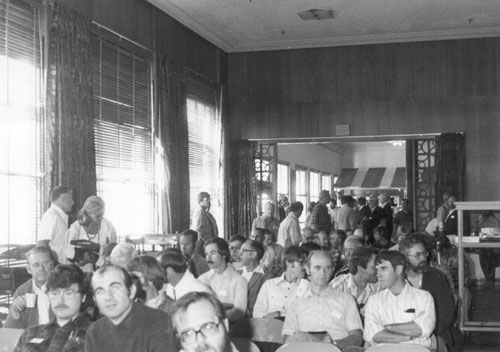
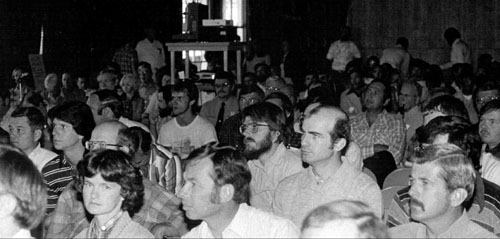
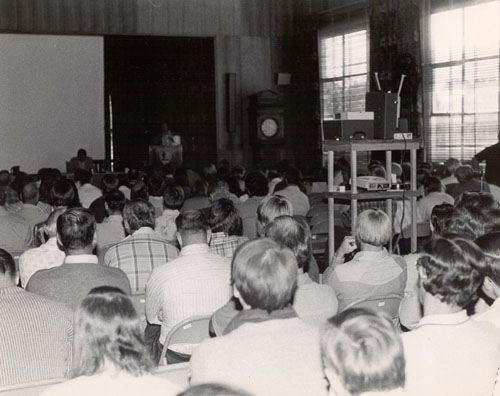
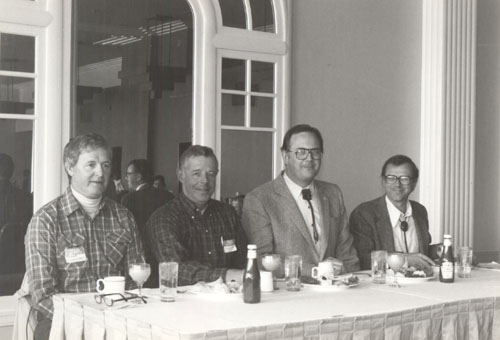
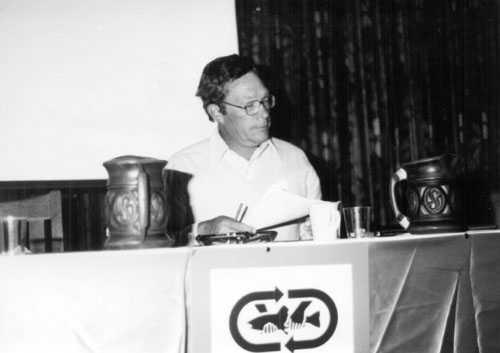

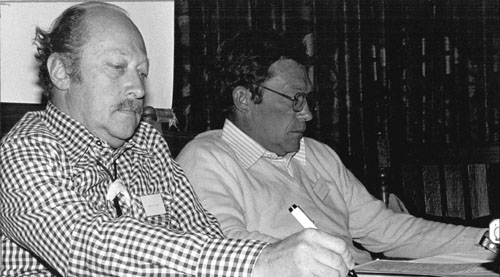

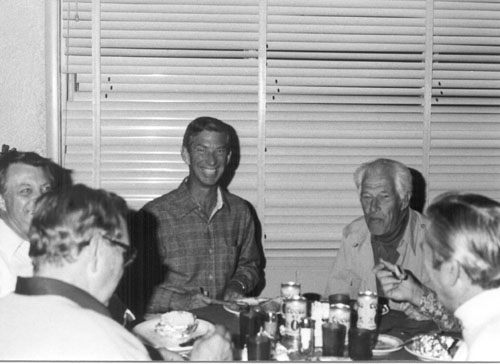

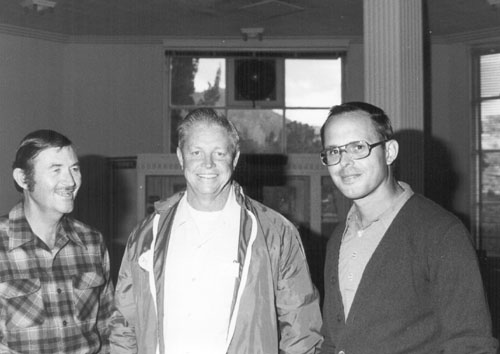
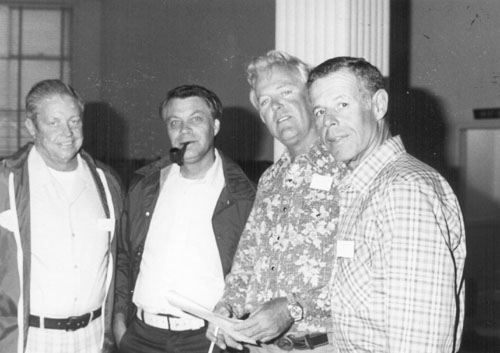
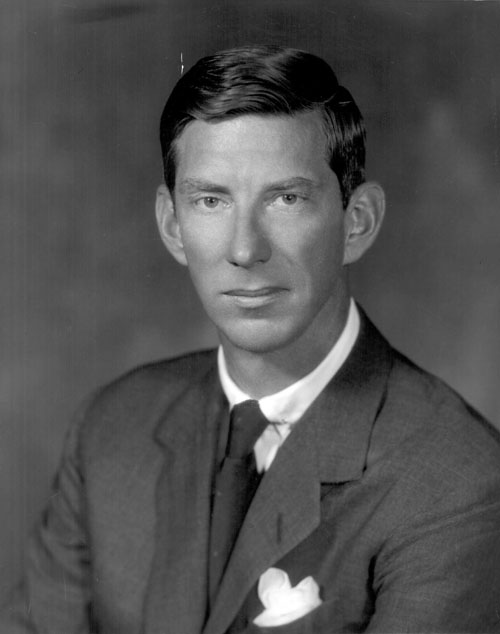
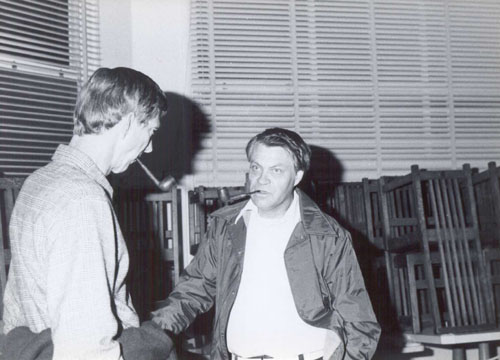
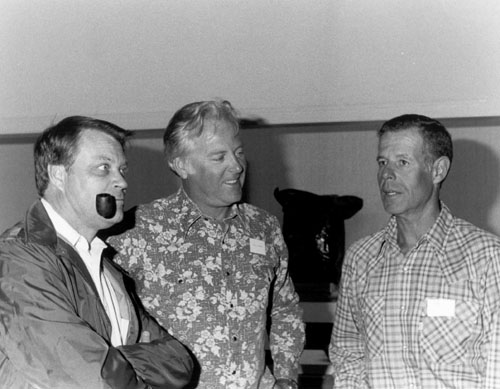
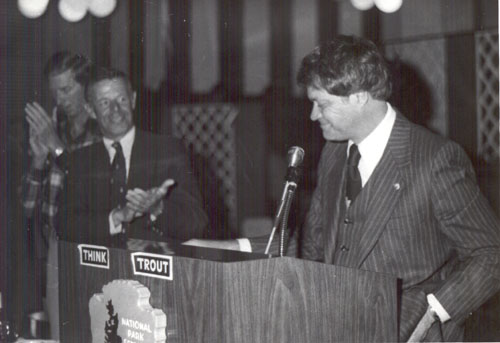
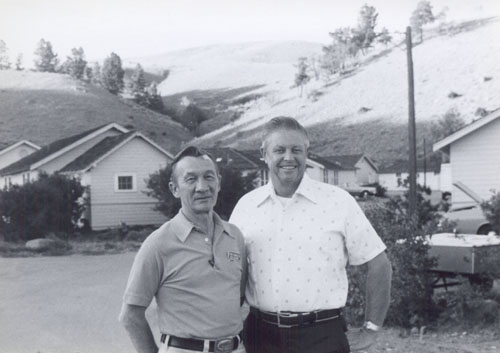
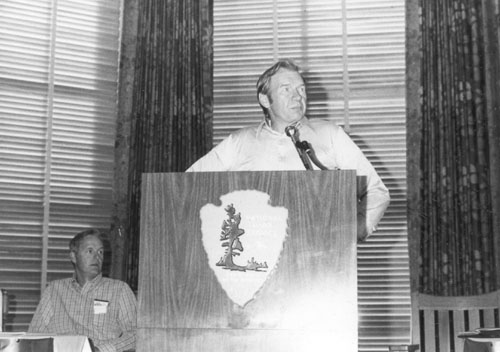
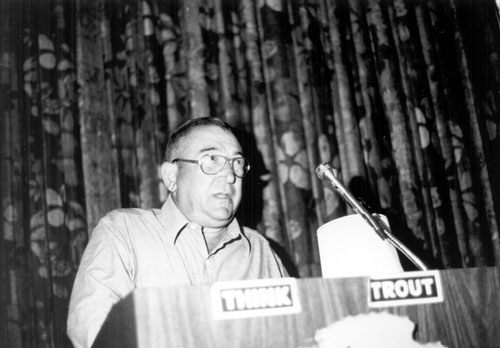
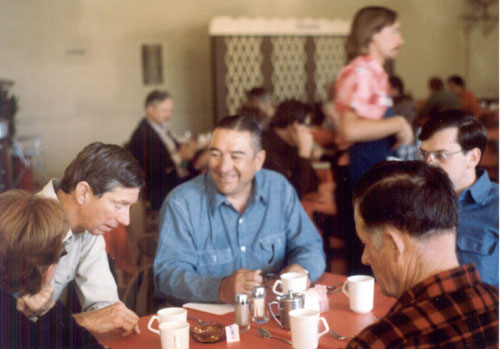
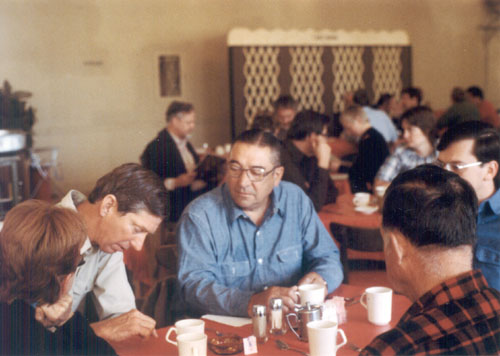

 Wild Trout II Proceedings
Wild Trout II Proceedings